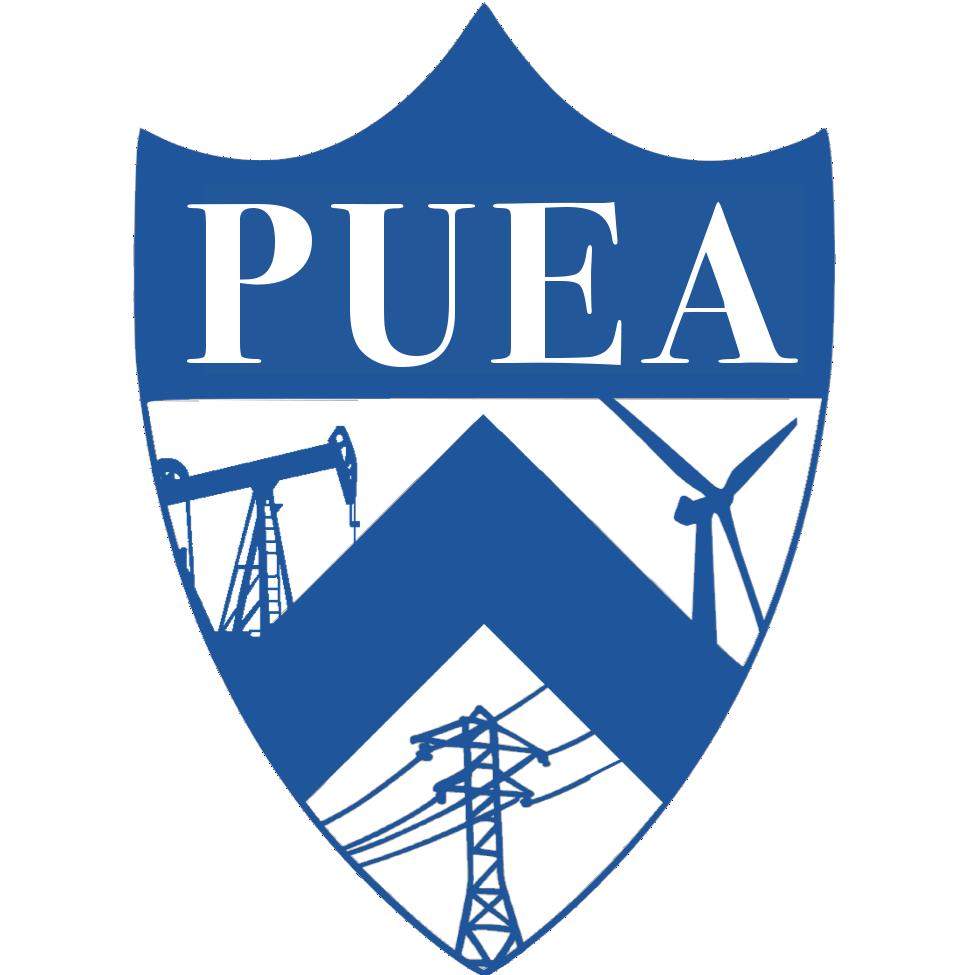Volume 14 Issue 5
October 31, 2022 – November 11, 2022
Andrew Ji ‘25 | Wilder Crosier ‘25 | Cameron Farid ‘26 | Hagop Alajajian ‘26
At COP27 climate talks, slow progress stokes worry over final deal
November 13, 2022 | Reuters | William James, Kate Abnett and Valerie Volcovici
One week deep into this year’s annual U.N. climate conference, held in Sharm El-Sheikh, Egypt, agreements have been few and far between. With the summit’s close scheduled for Friday, time is running out to sort out technical details on how to complete deals and pledges made in previous years, including those aiming to make severe cuts to emissions and contributing to hundreds of billions of dollars each year for developing nations to cope with the ever-intensifying effects of climate change.
The latter goal, dubbed ‘loss and damage’, mainly pushed by developing countries, has left some wealthier nations like the U.S. cautious, with the EU and US having blocked such moves in previous years. Although the EU has stated that it would be open to discussing such a fund, the language of such a document has been a hot battleground. In the meantime, a few nations have also opposed to explicitly mentioning the long-standing goal of limiting warming to 1.5C. -AJ
Can Refracs Boost U.S. Shale Output?
November 8, 2022 | OilPrice | Alex Kimani
With rising oil demand post-COVID, the supply side is struggling to keep up around the world. Global conflicts like Russia’s invasion of Ukraine have only escalated issues, pushing oil prices per barrel into the triple digits earlier this year. One potential avenue for increasing oil production is through the refracturing of old oil wells. Companies do this by inserting a new steel liner into an old well bore and blasting holes to get more oil from the existing well. This process typically uses half as much steel and sand as a new well, attributing to its economic viability in a time where supply chain shortages have drastically raised costs. Studies have also shown that refracturing has a higher recovery rate than drilling a modern well. Additionally, there’s yet another benefit in that companies do not have to obtain new permits and negotiate ownership rights, as these would have already been settled in the original well production. This refracturing is one of several avenues to increase oil production in a time where individuals are under financial strain to fuel their vehicles and heat their homes. -CF
To Store Renewable Energy, Some Look to Old Mines
November 11, 2022 | Rhiannon Hoyle | Wall Street Journal
Recently, there has been a new use for old mines. Internationally, they have started to be repurposed to generate renewable energy through pumped-storage hydropower, which works by using gravity and water as an energy supply in a giant battery system. The following is how the system works: when the energy is plentiful, water is pumped uphill for storage; when energy is in demand, gravity leads water to flow downhill through turbines, where it then gets stored in a lower reservoir. Water later moves uphill through a reversible pump turbine. The movement of water uphill and downhill continues in a cycle to generate hydroelectric power. Mines are a useful location for this process because there’s a high chance they may already contain water and because it’s cheaper than building the environment for this technology from scratch. The United States has tapped into this technique as well, with Biden’s administration spending half a billion dollars to repurpose mines to “clean energy hubs.” Moreover, the conversion of mines to these hydroelectric power generators has more potential, especially since Michigan Technological University professors have identified about a thousand suitable locations in the United States to launch this technology. -HA
U.S., Centrus Energy in pact to make next-generation nuclear fuel
November 11, 2022 | Reuters | Timothy Gardener
On Thursday, the U.S. Department of Energy announced a new deal with nuclear fuel company Centrus Energy to test the production of a fuel technology called high assay low enriched uranium (HALEU). As part of the government’s goal of reaching net-zero carbon emissions by 2050, the U.S. government sees the new fuel technology as a valuable step towards the next generation of fission reactors. Planned reactor designs from X-energy, TerraPower, and others will use HALEU. The government and Centrus energy will equally share the $300 million cost of the test production. Detractors argue these modern reactors pose threats because they produce plutonium which can be used to make nuclear weapons. Regardless of these critiques, the Biden administration is pushing forth with the hope of producing 900 kilograms per year of the fissile material by as soon as 2024. –WC





